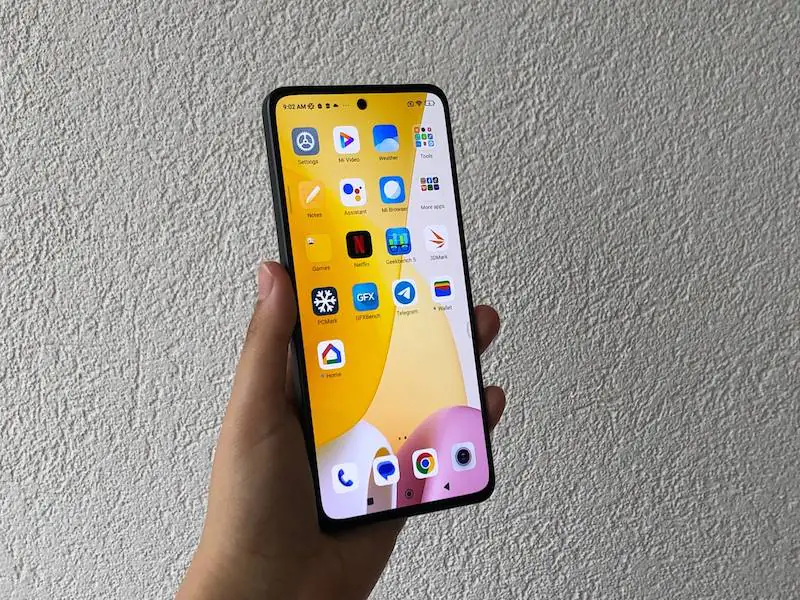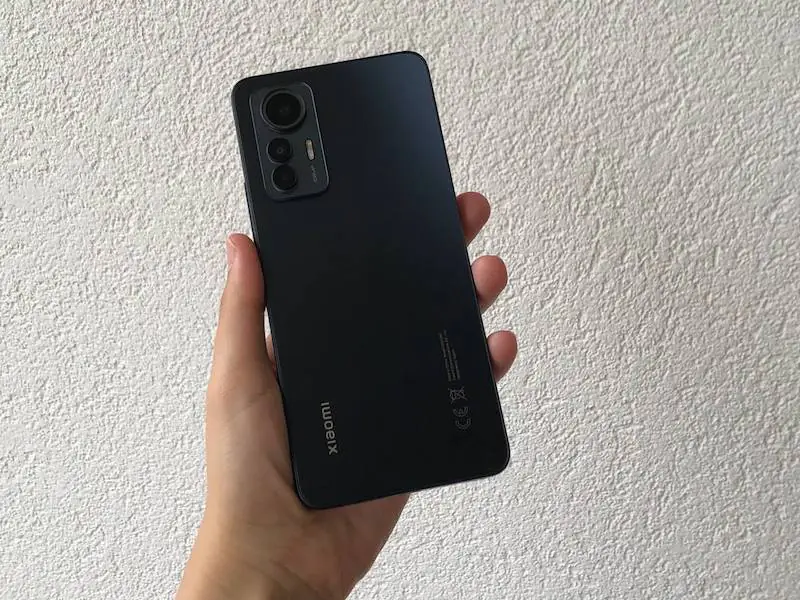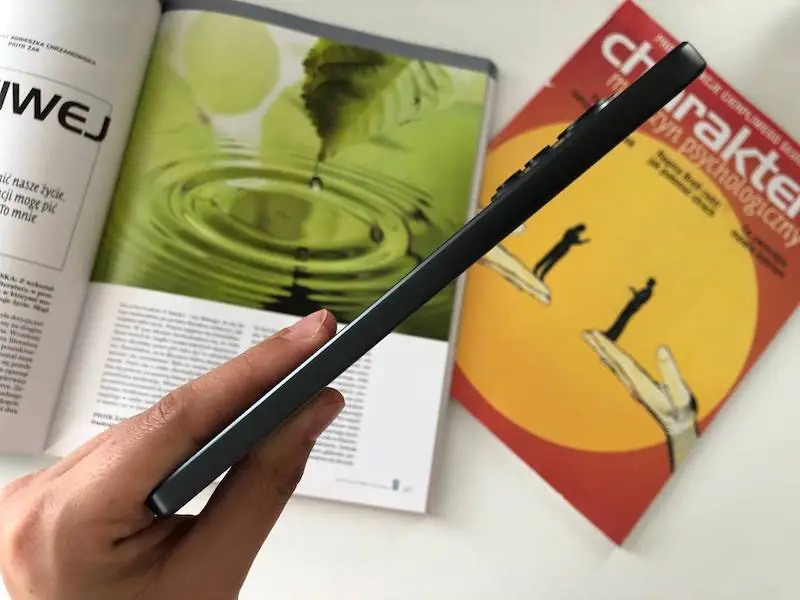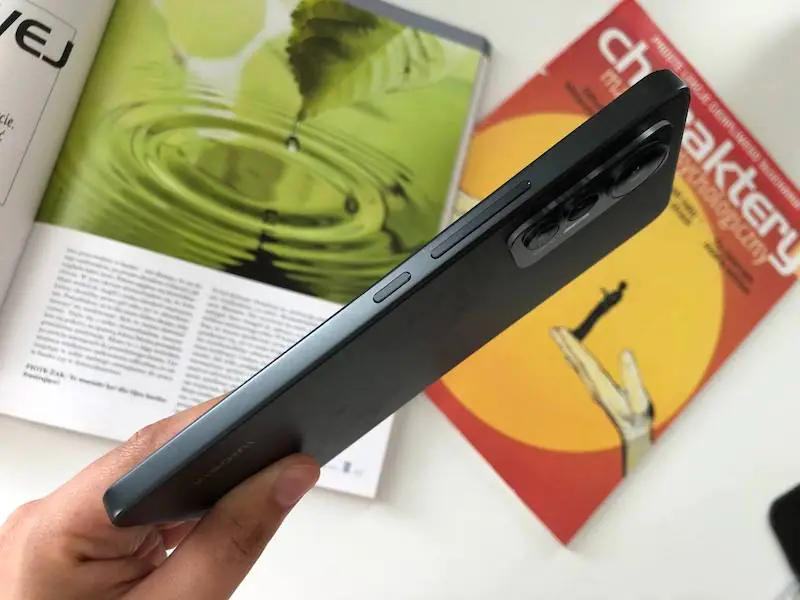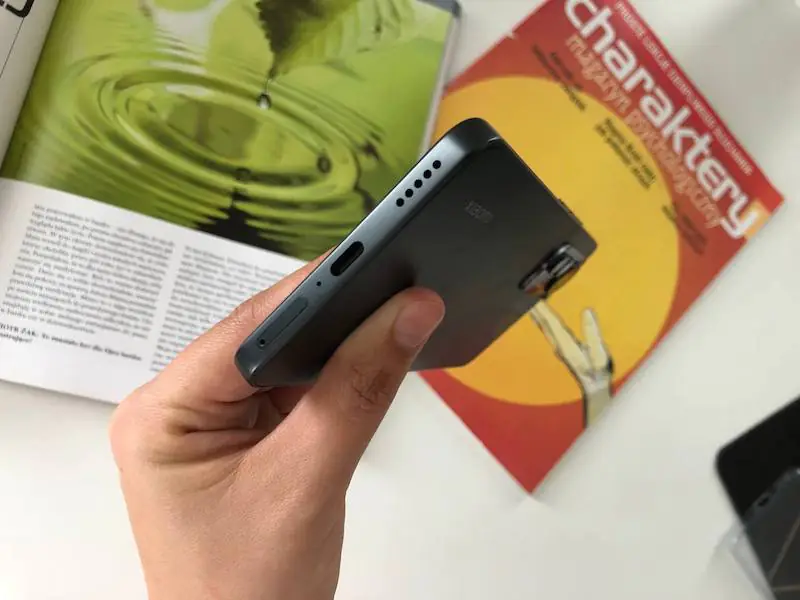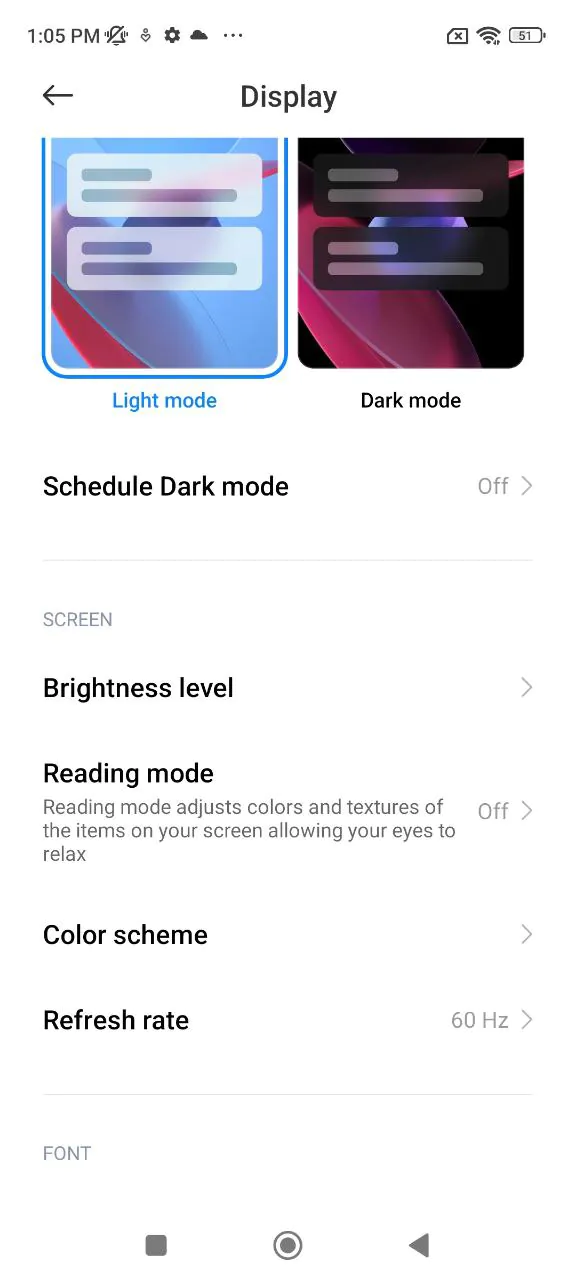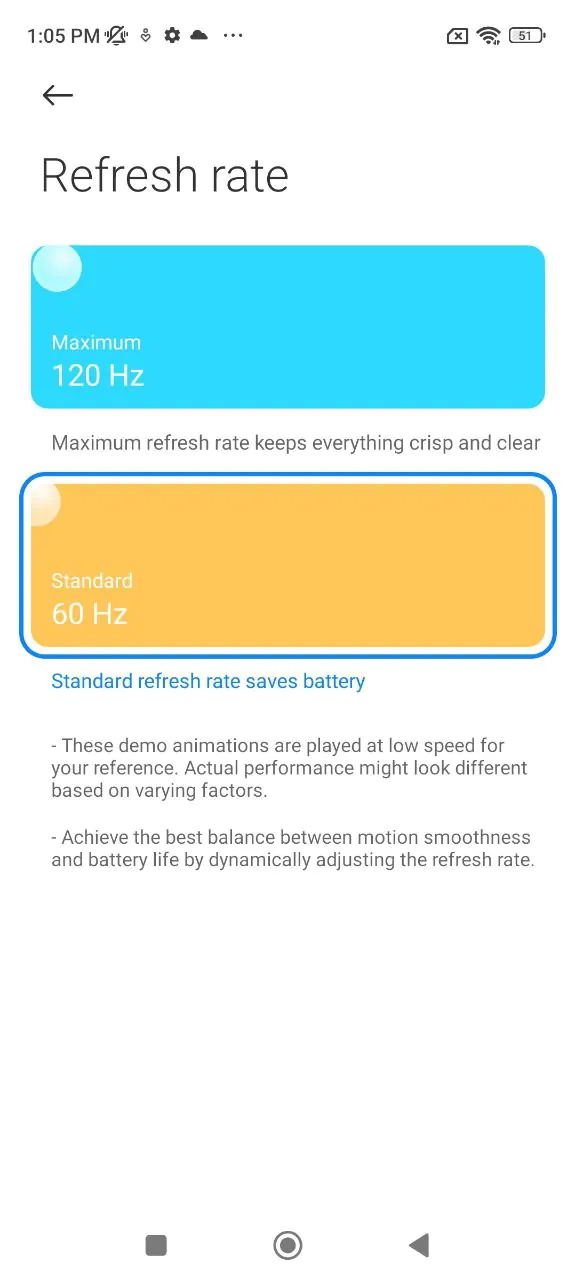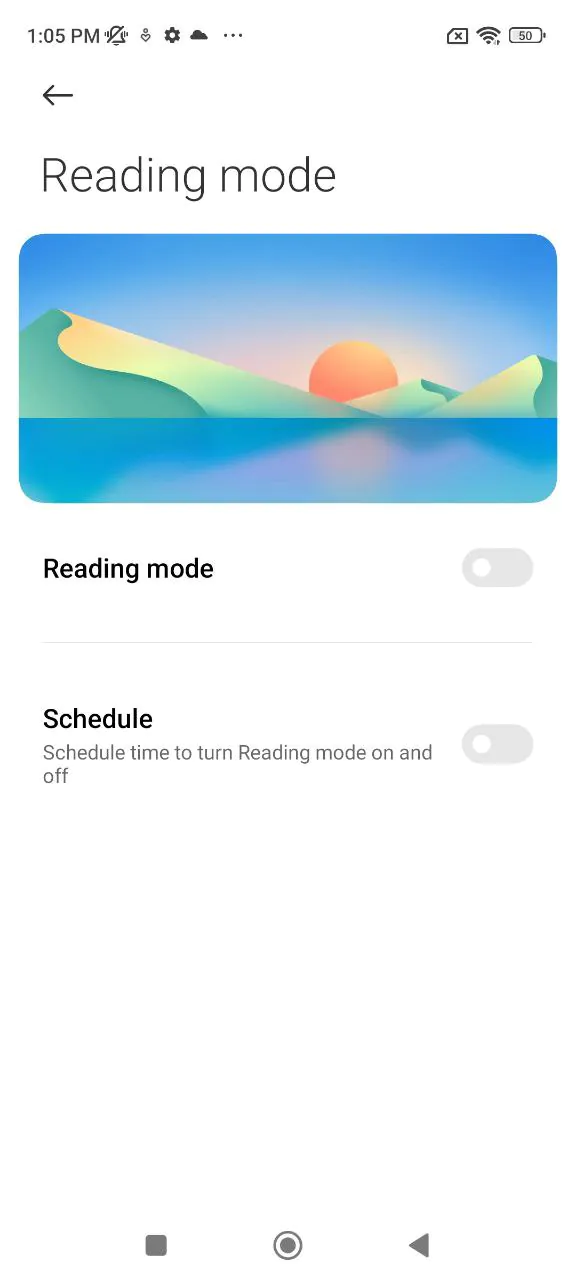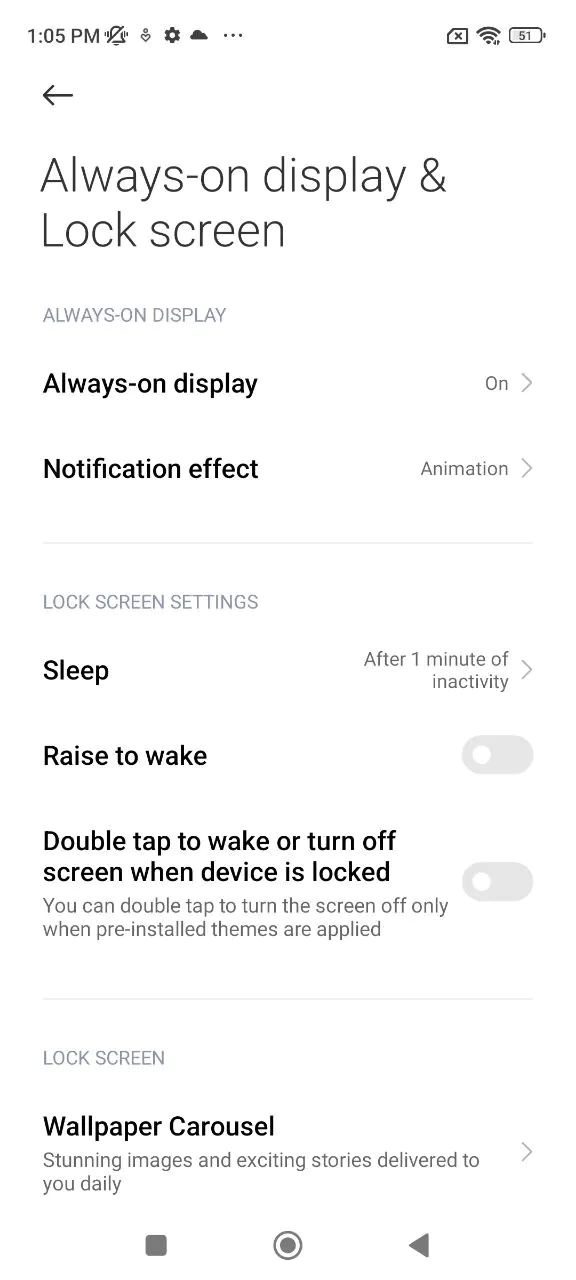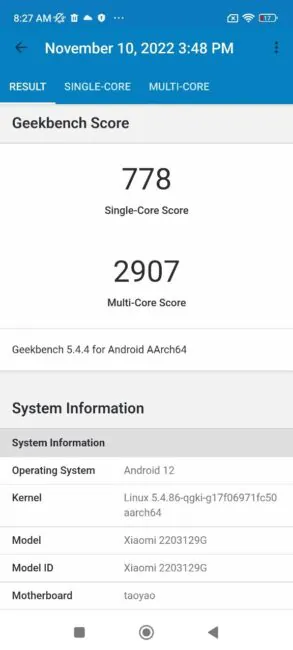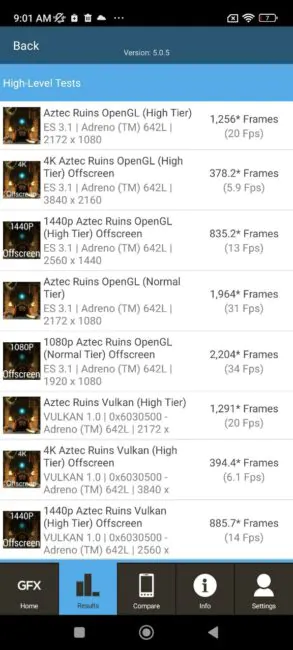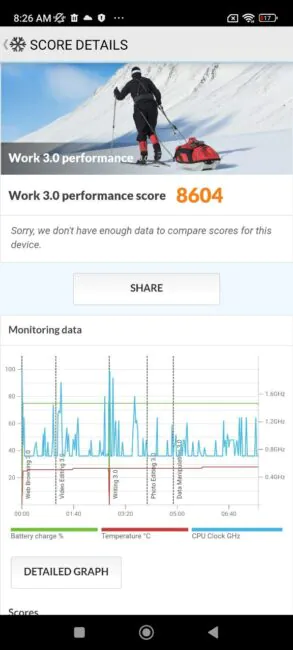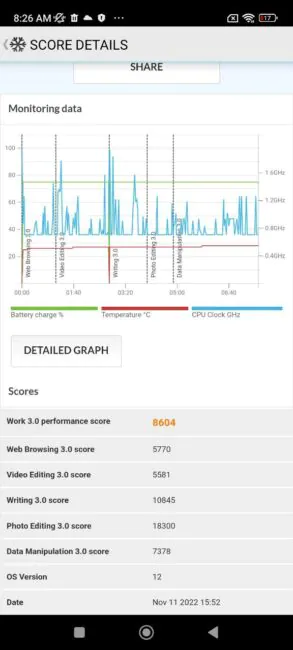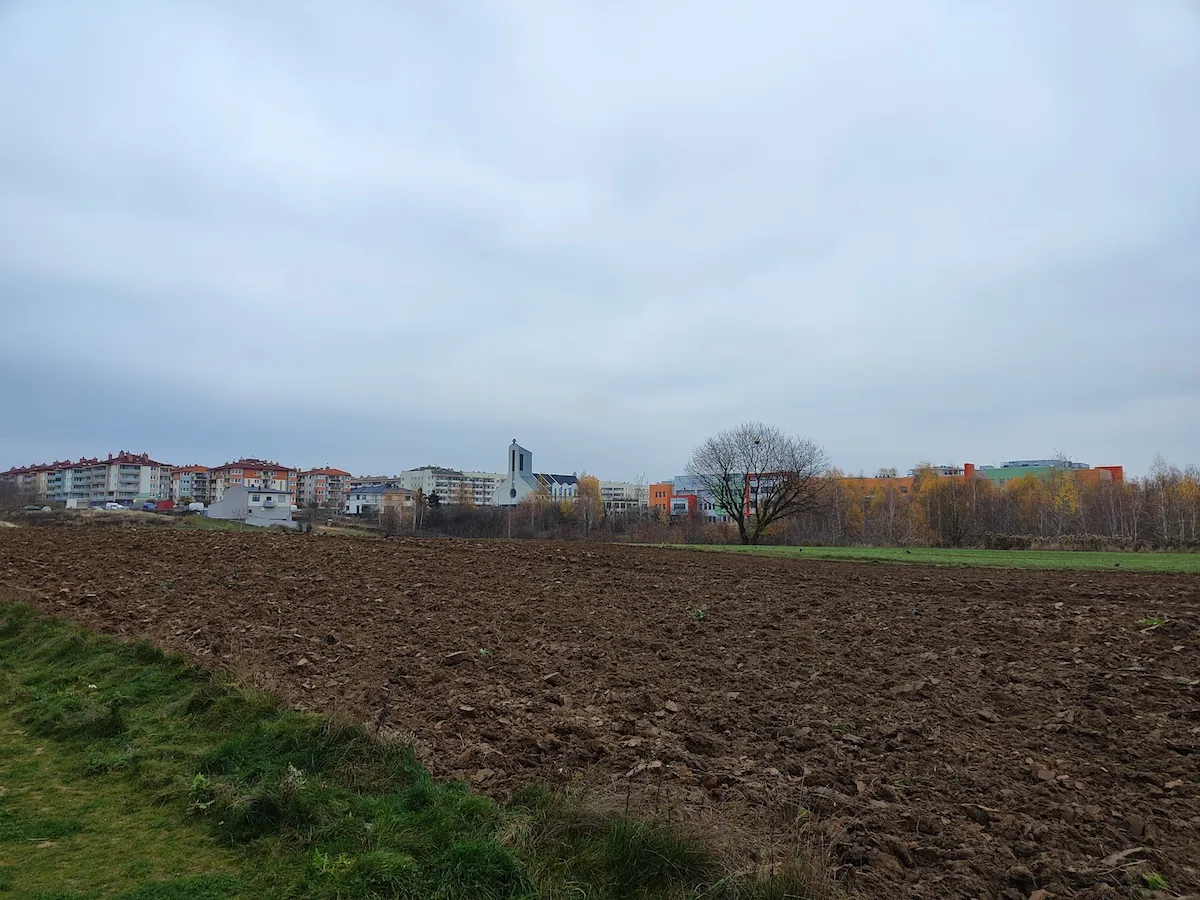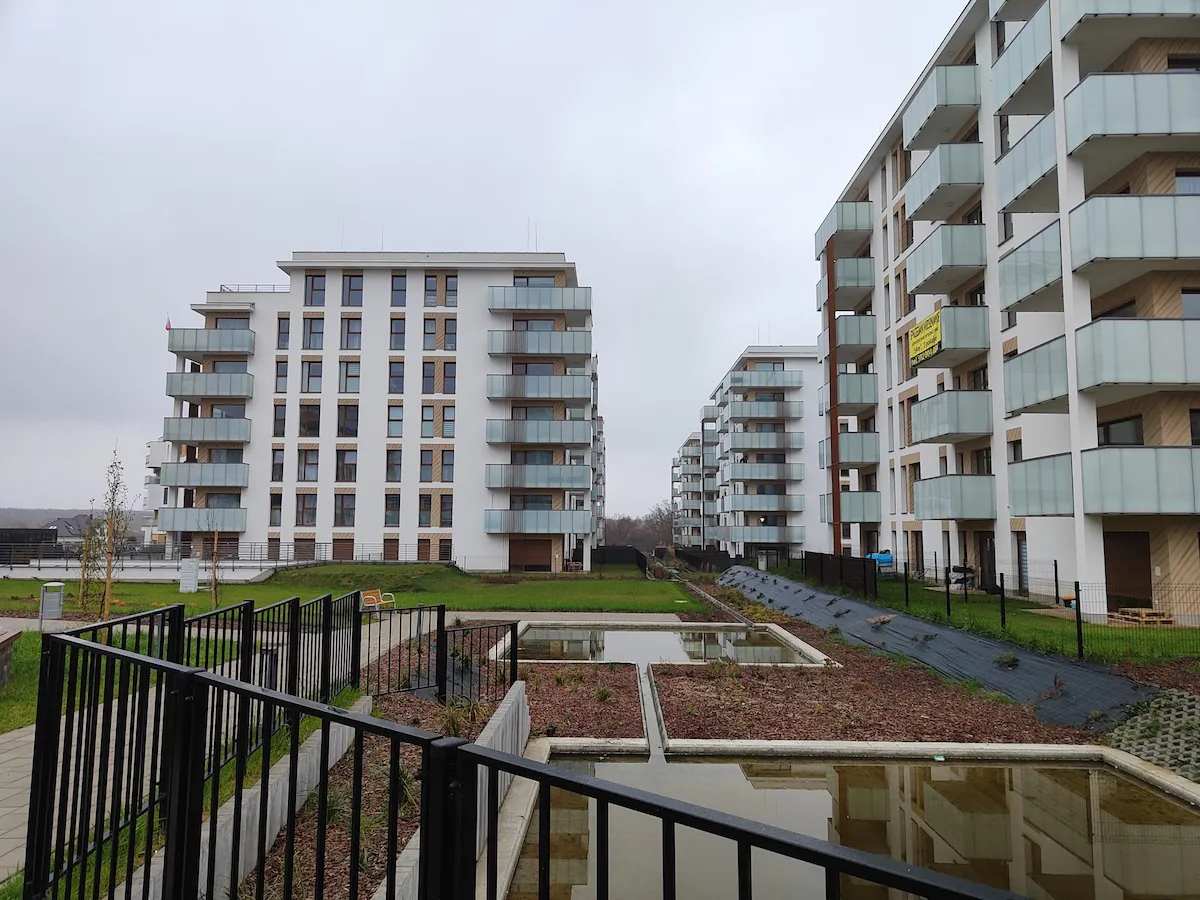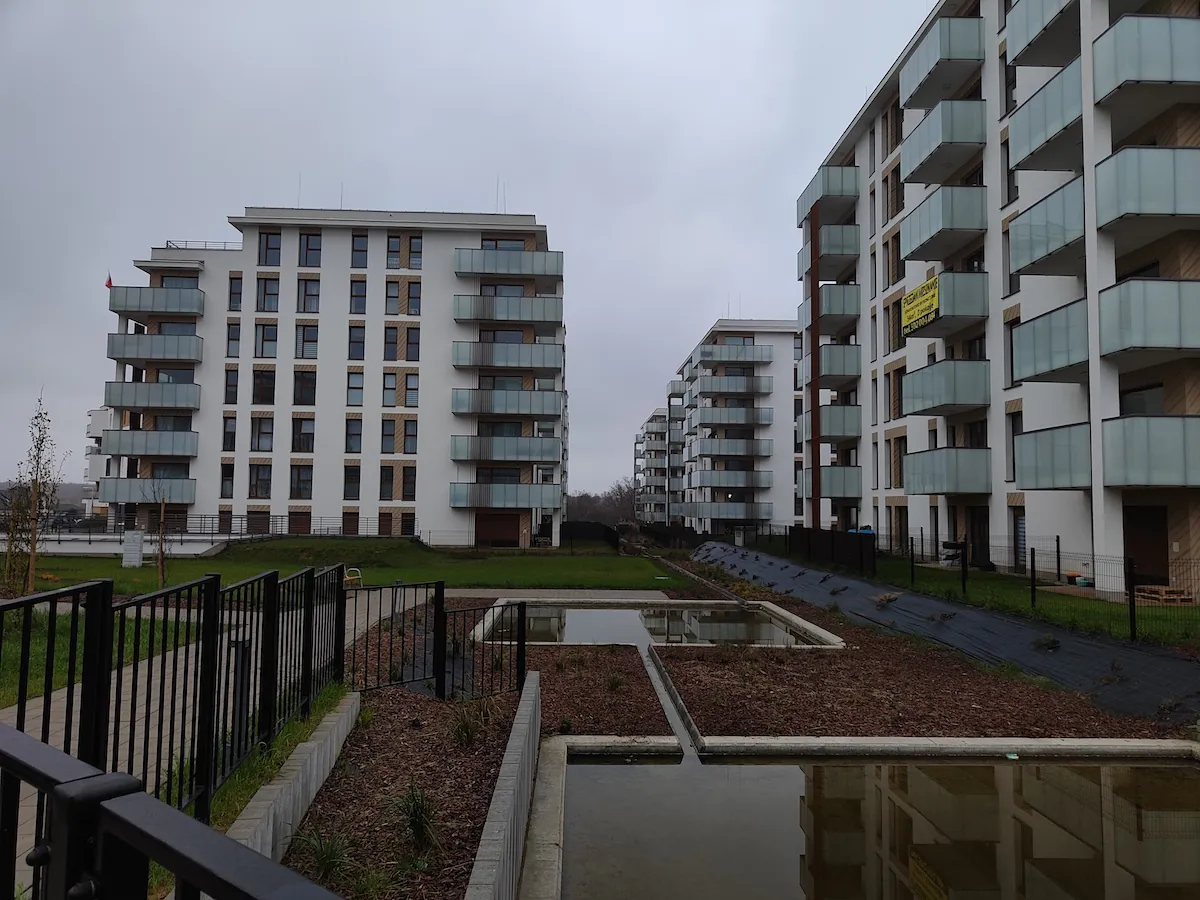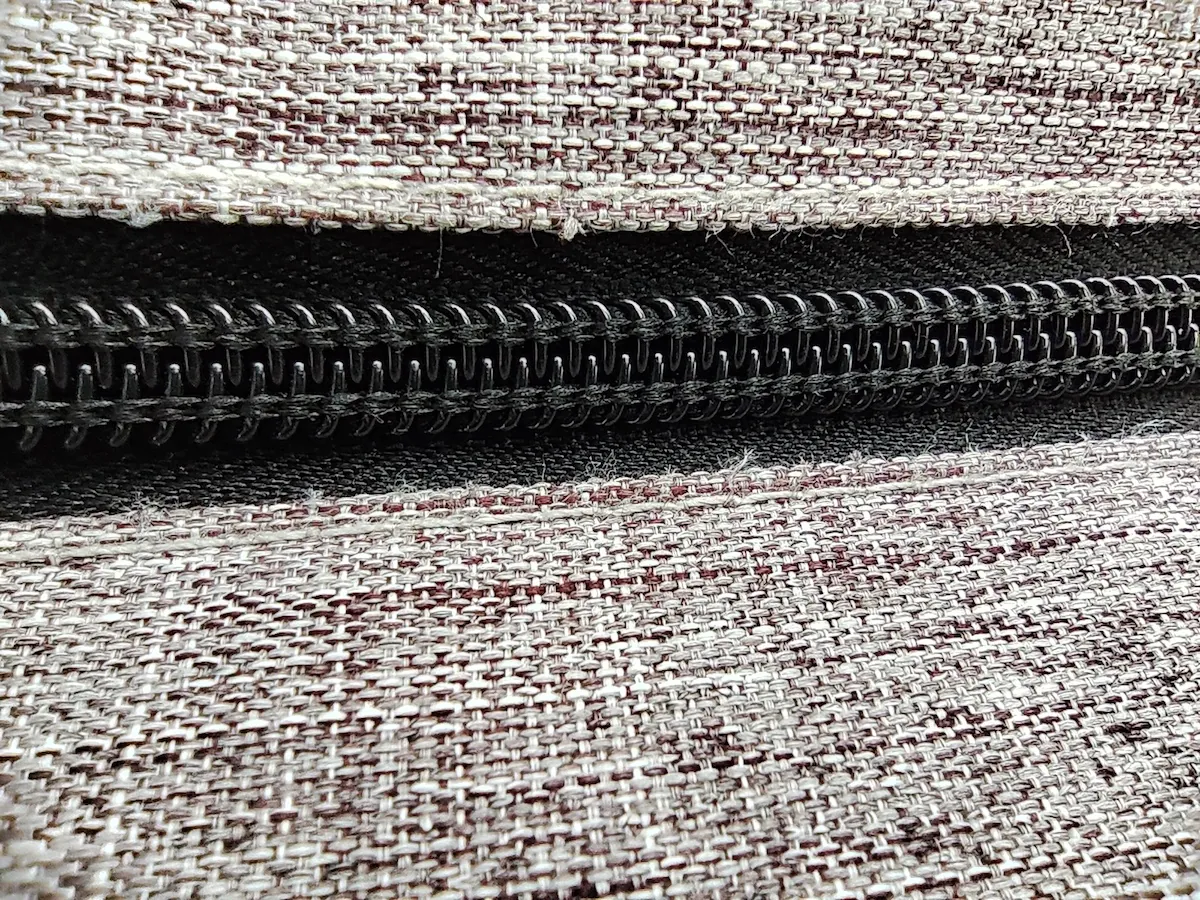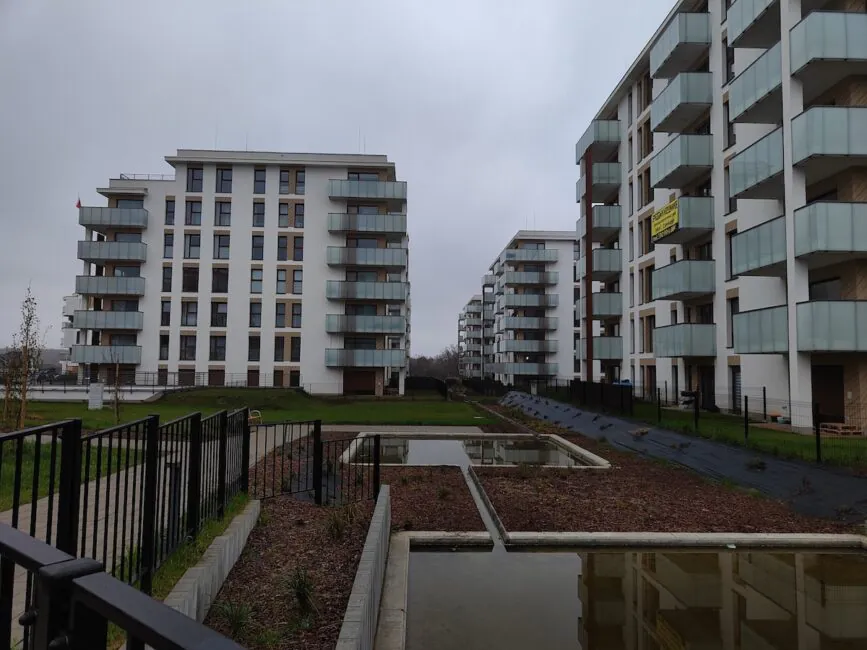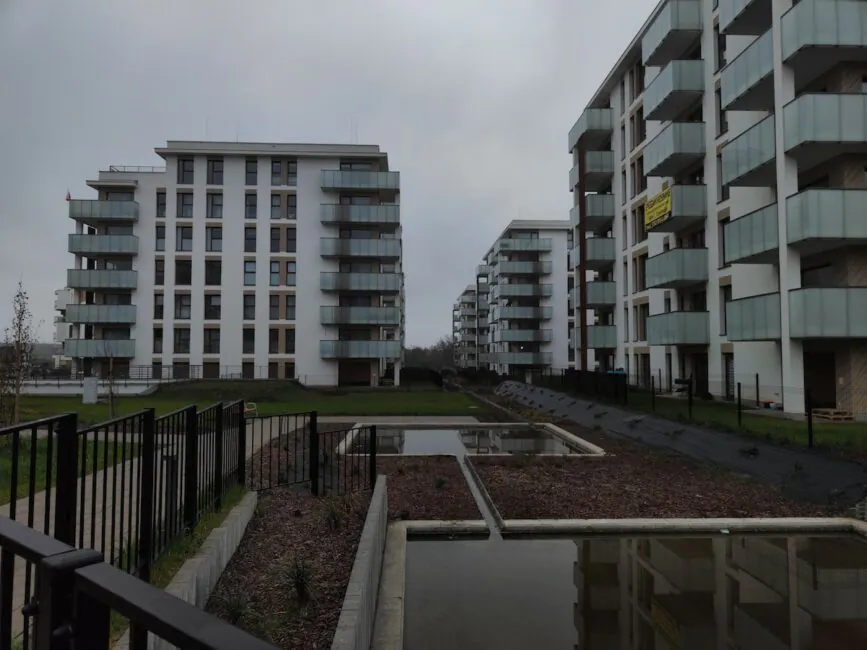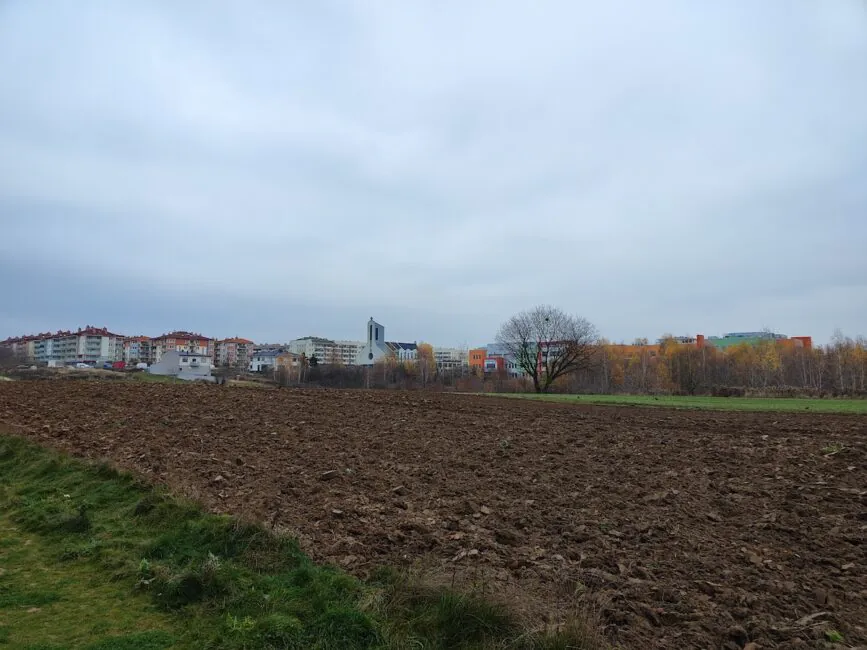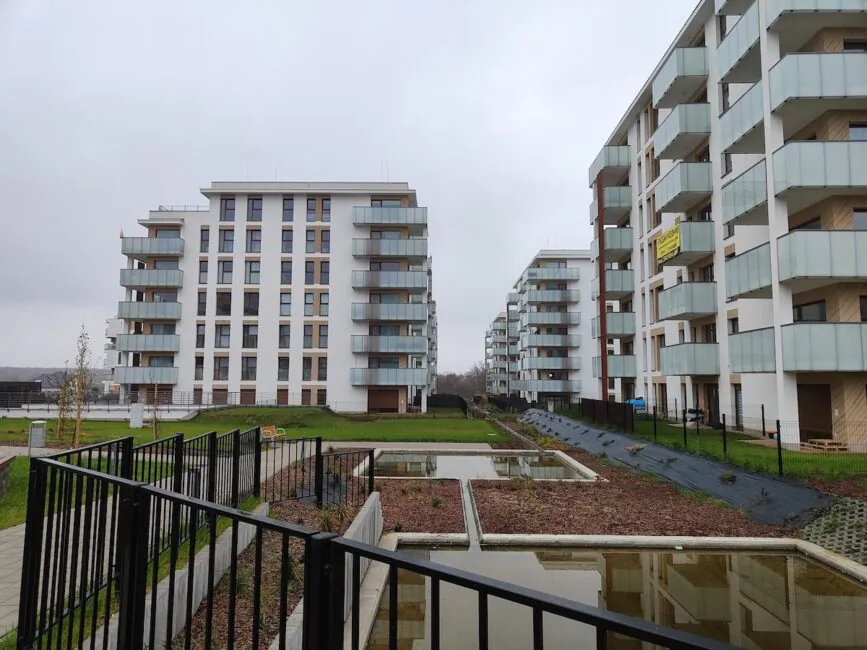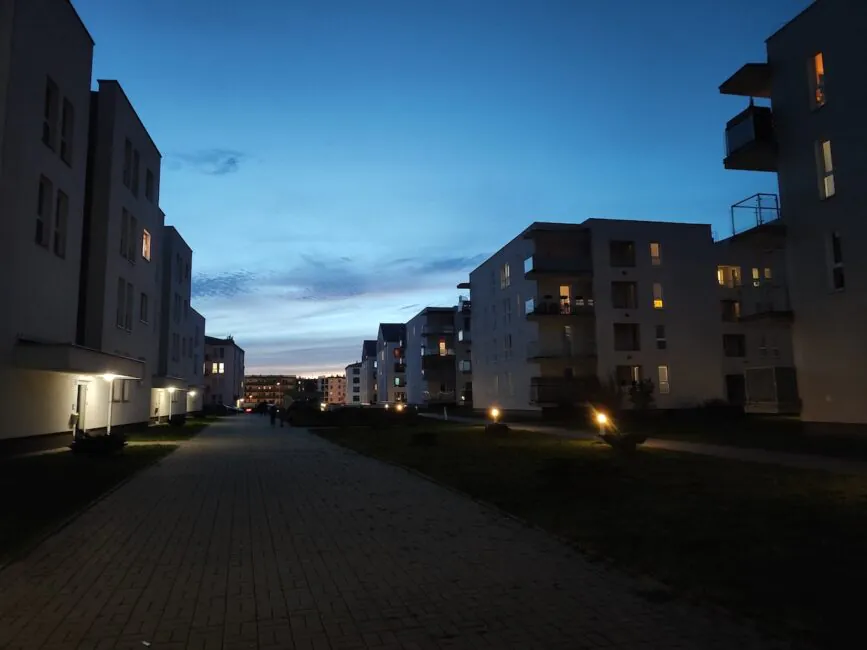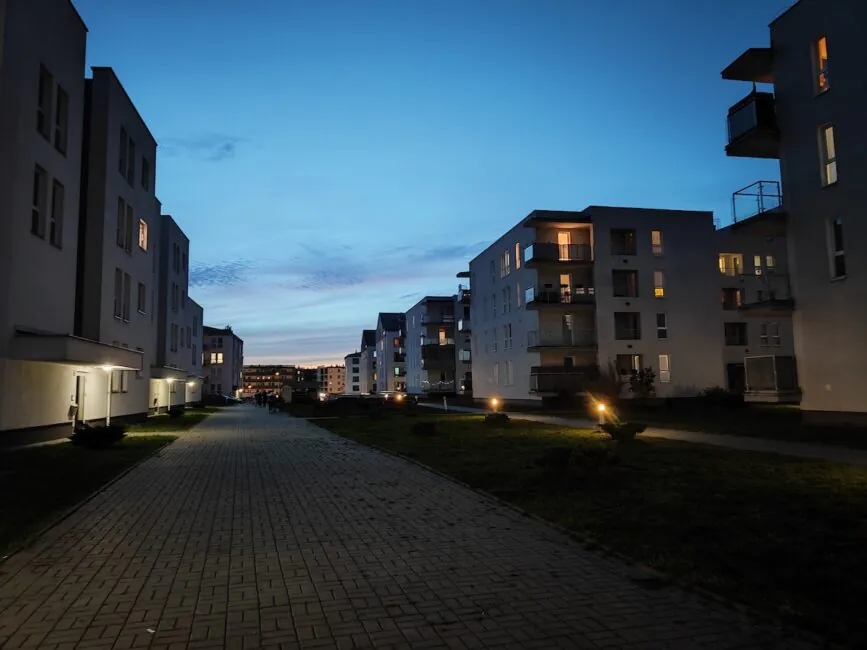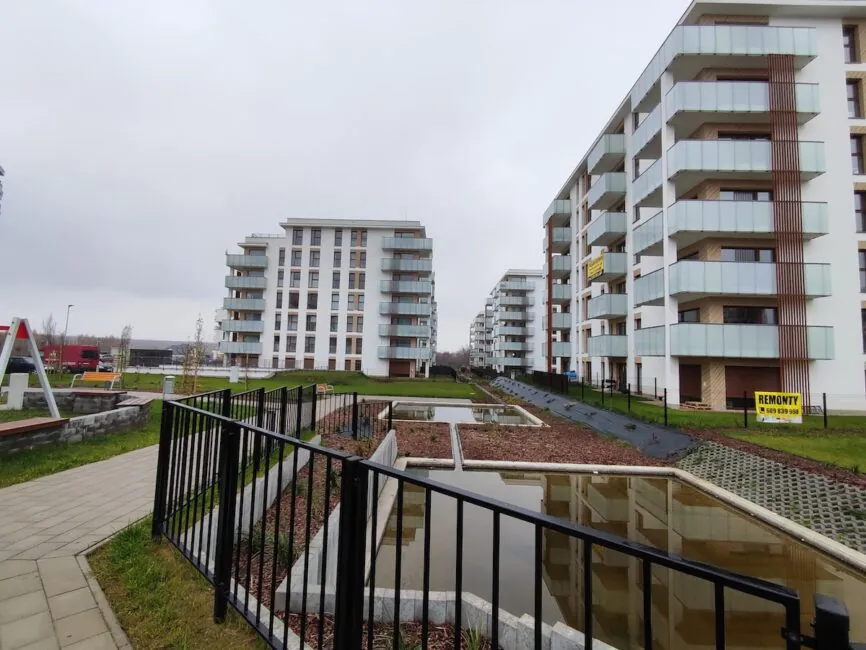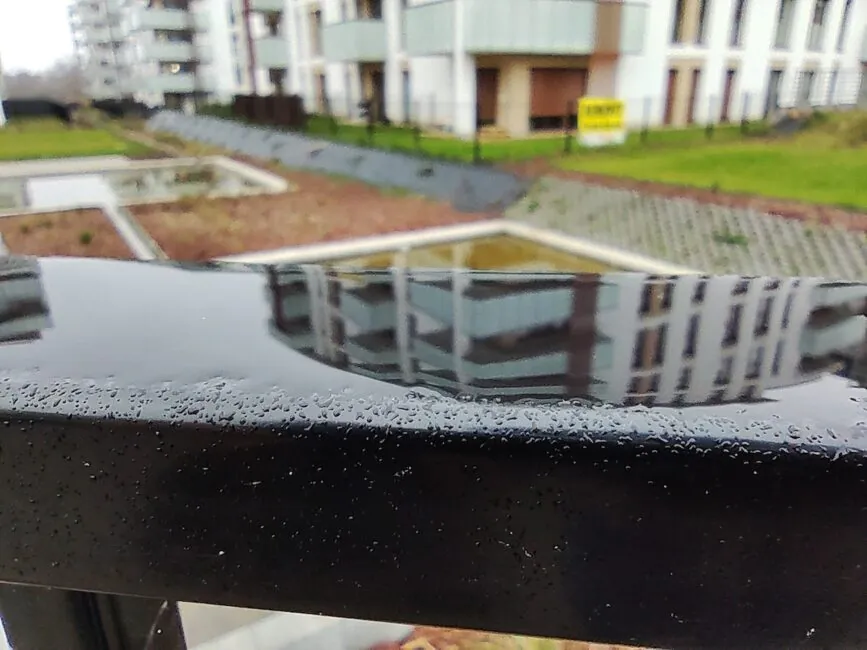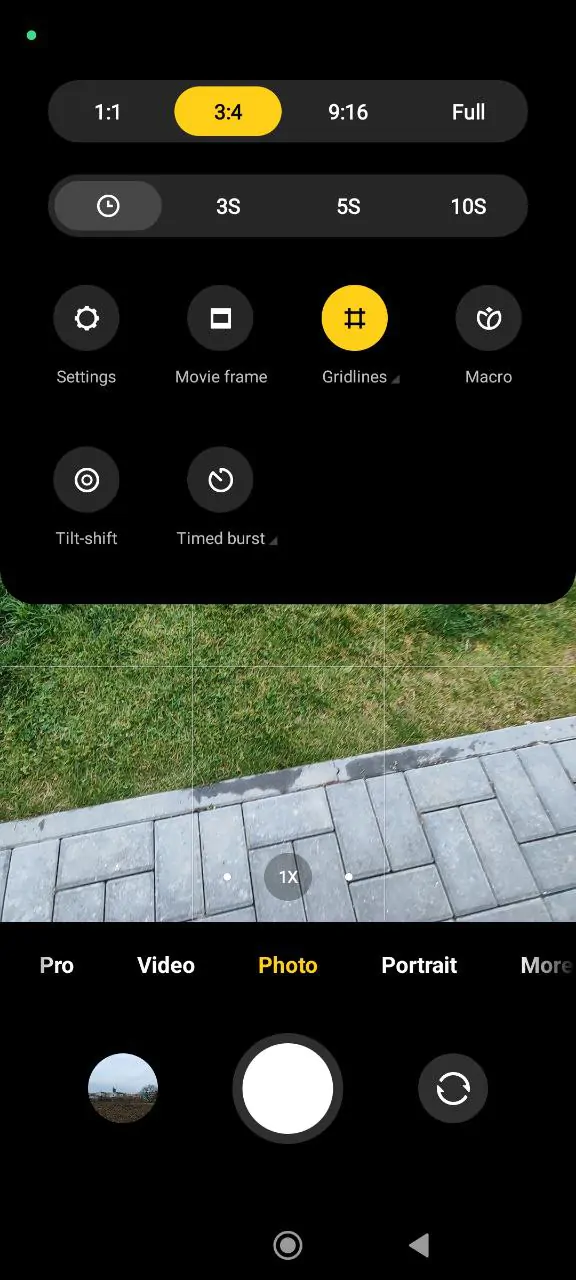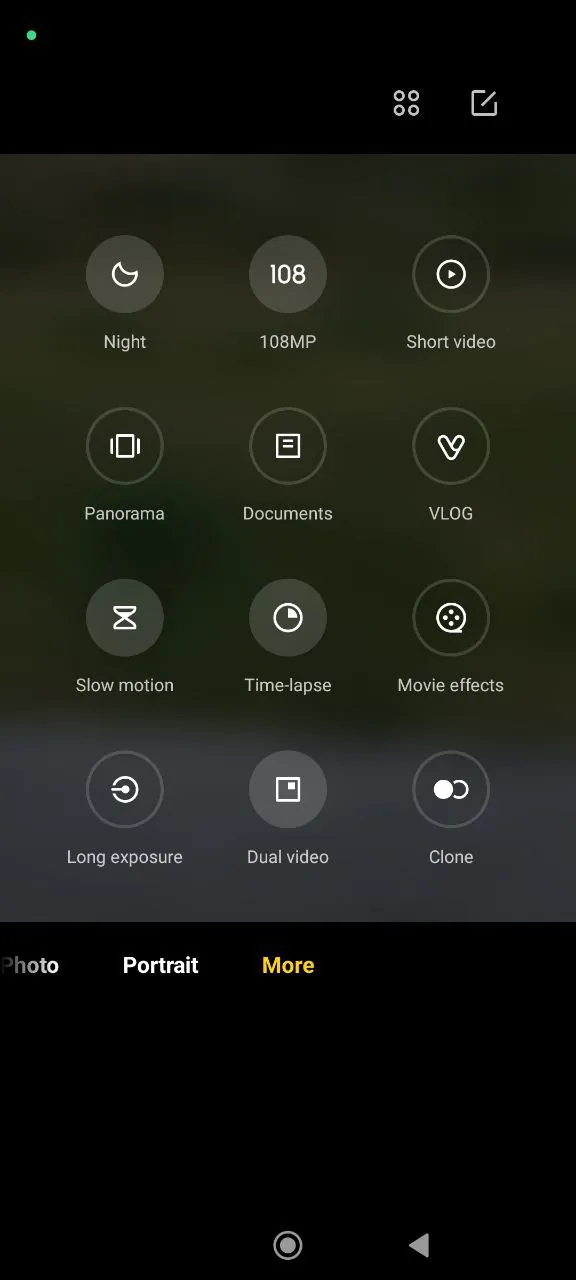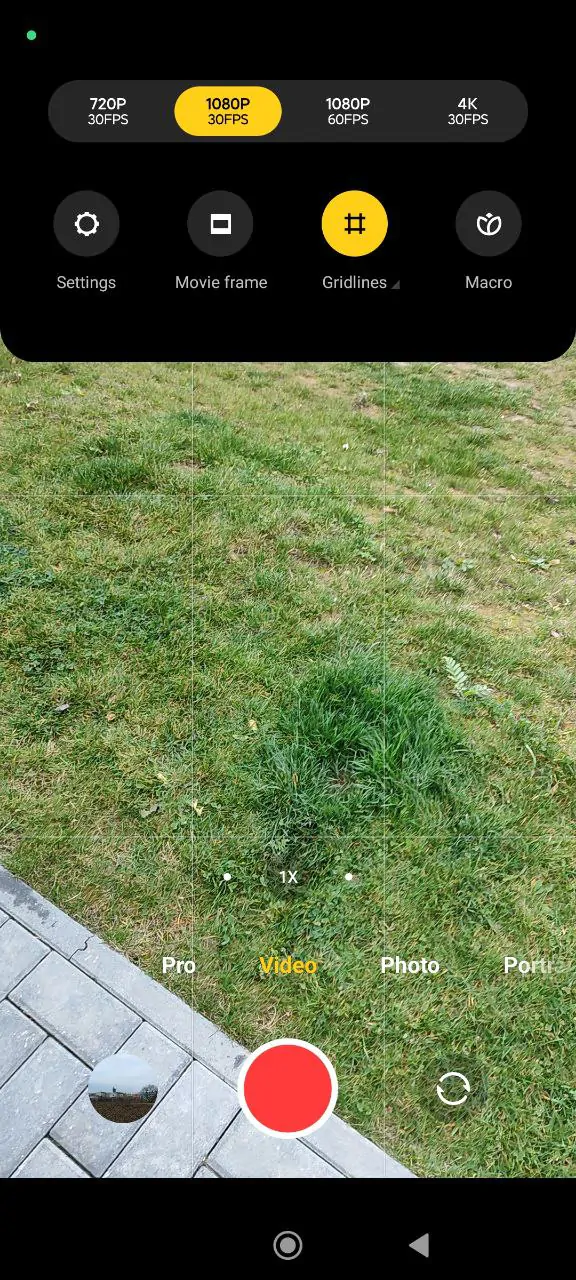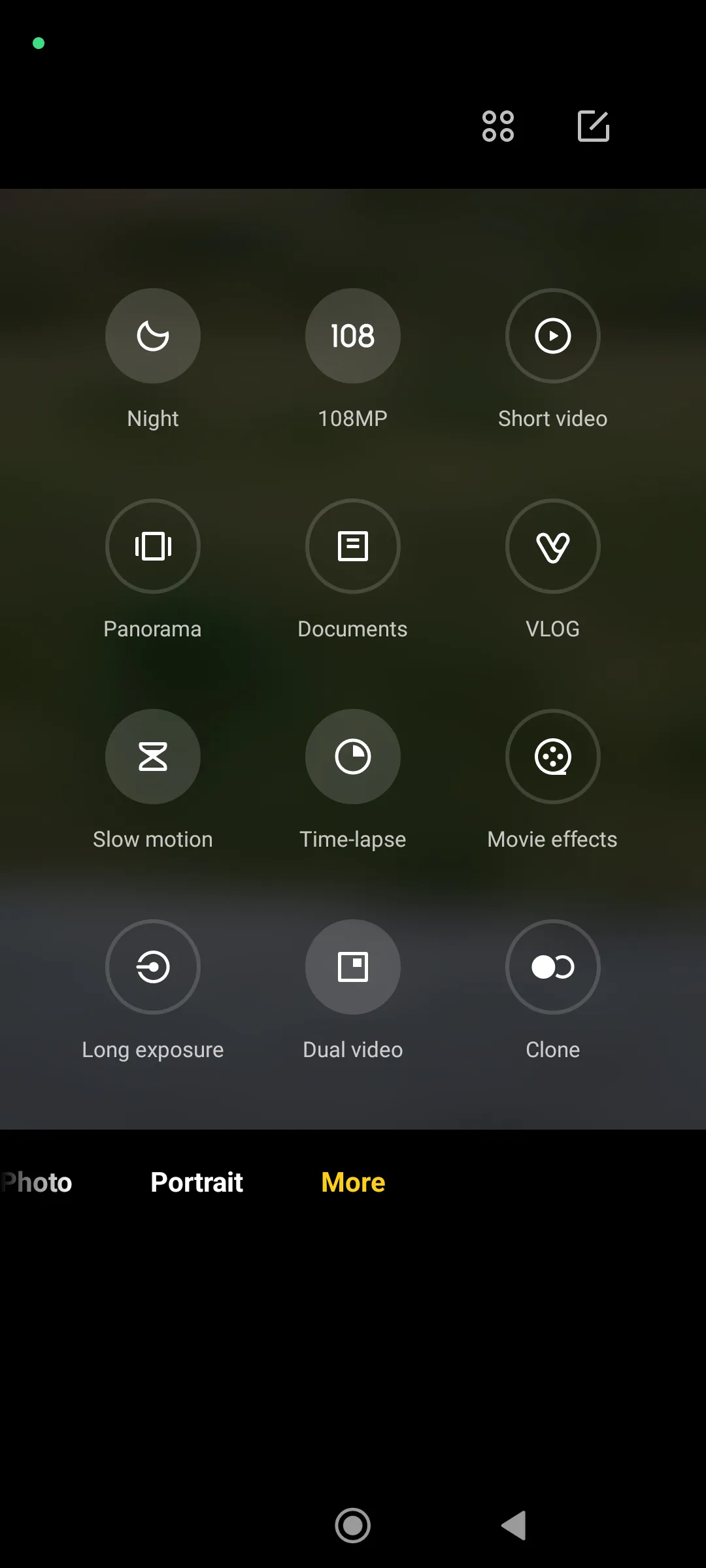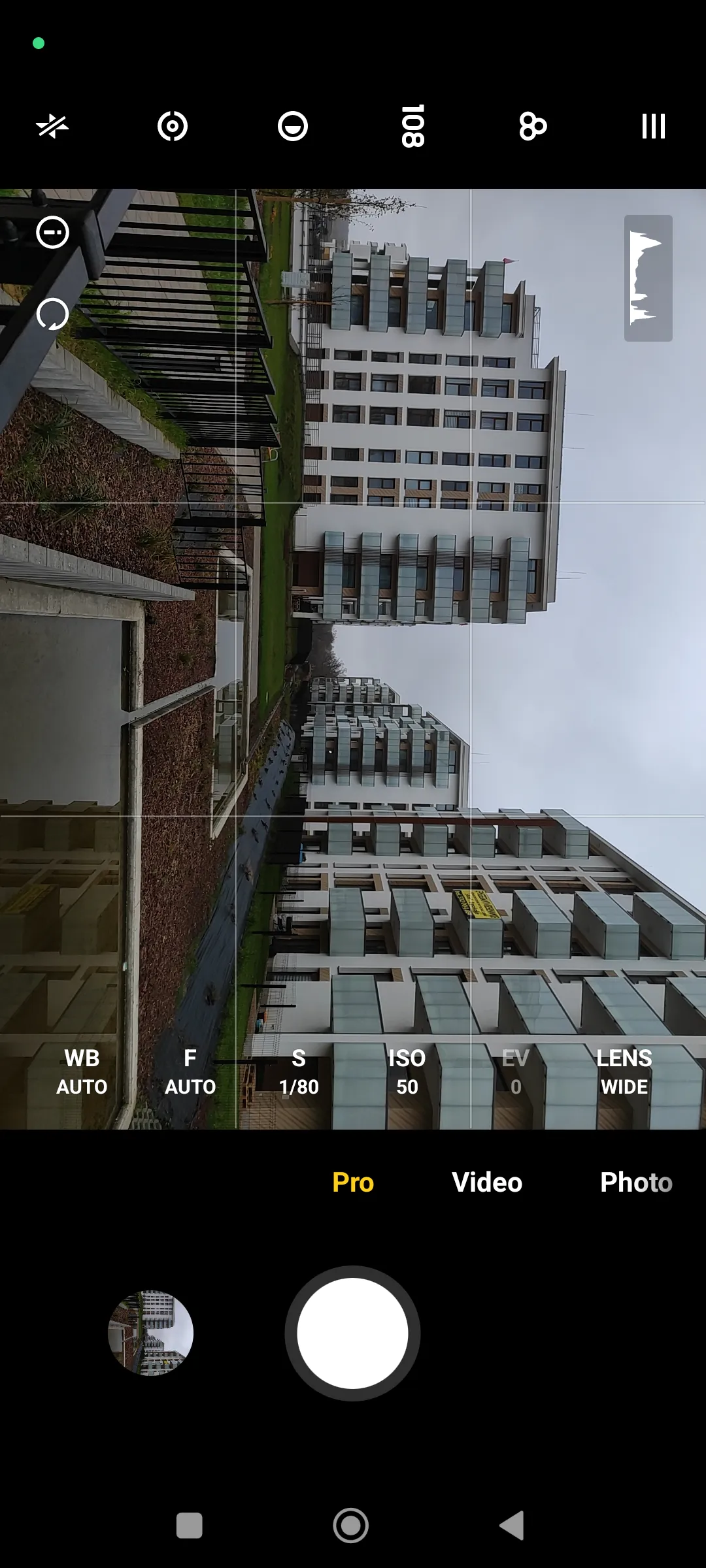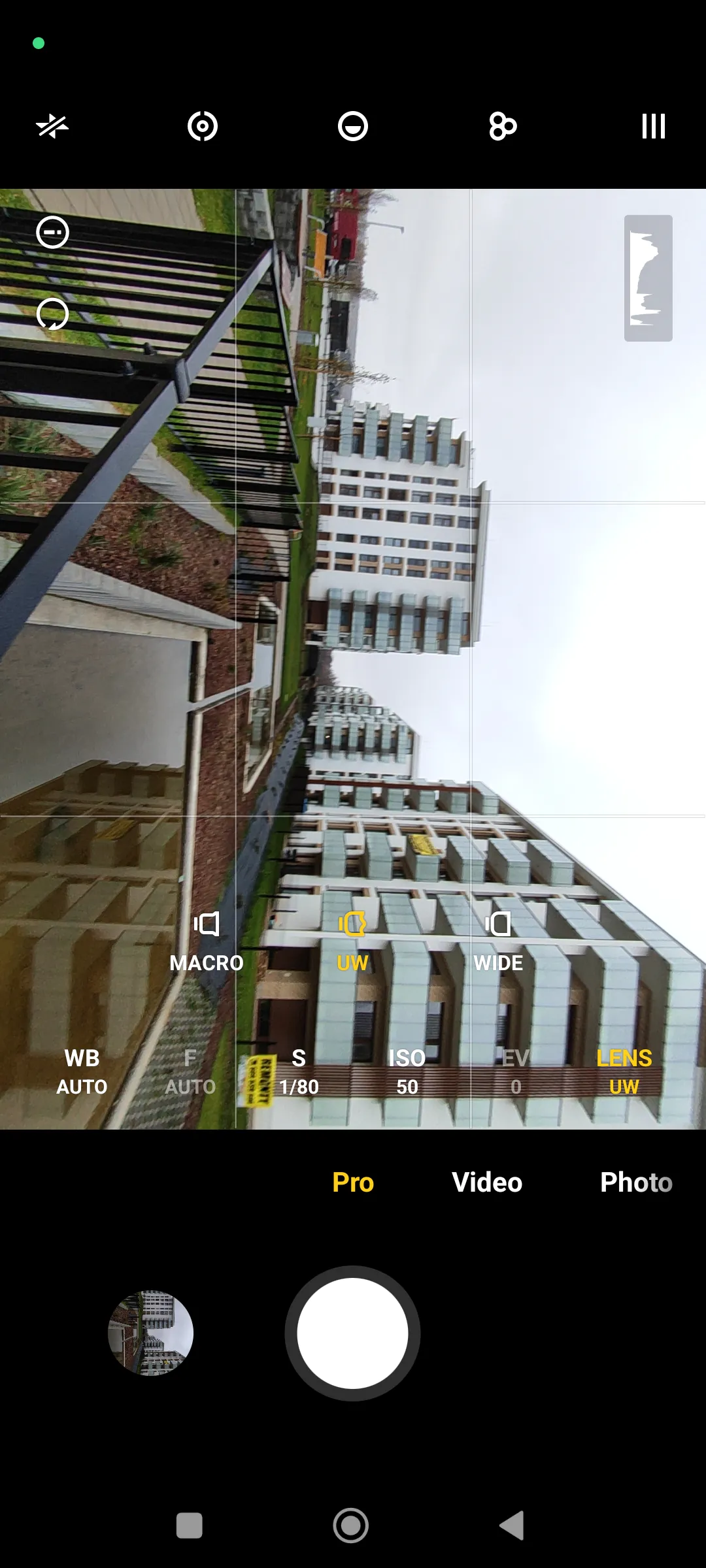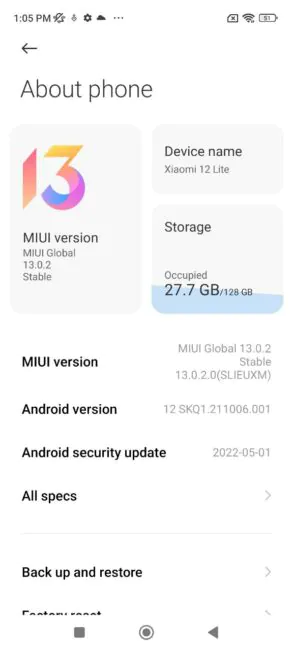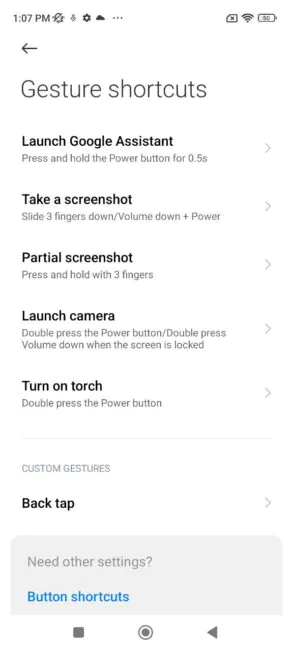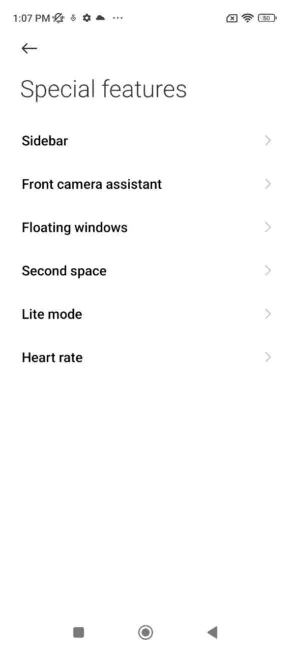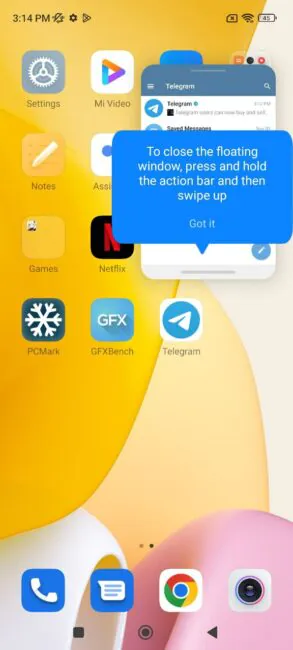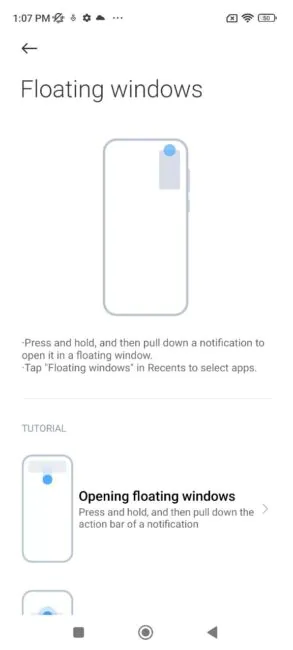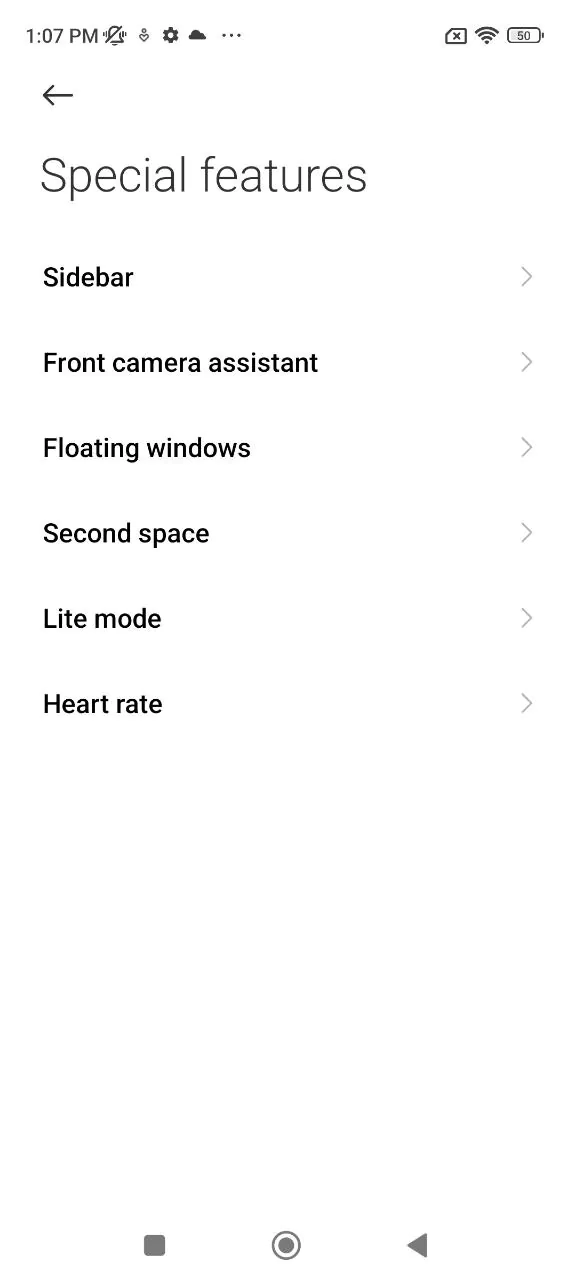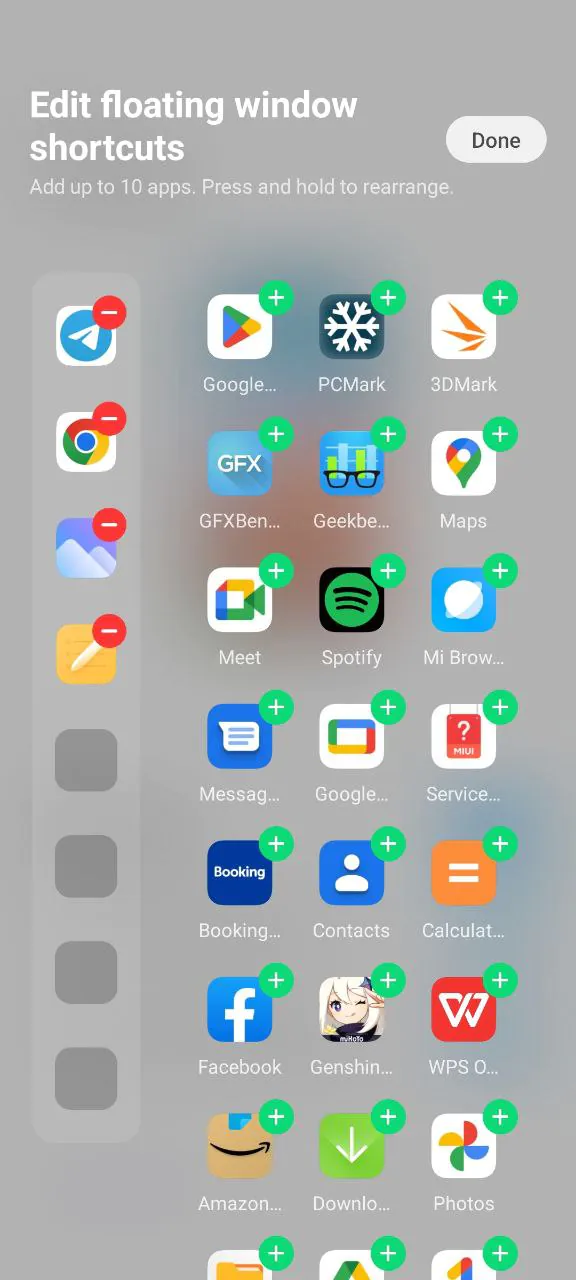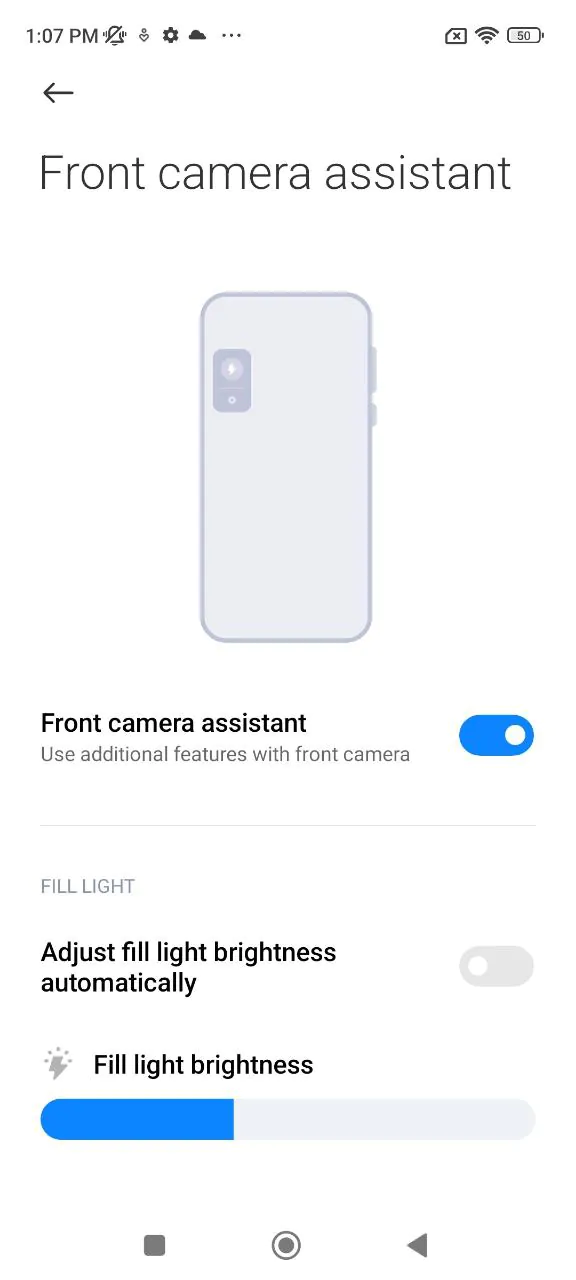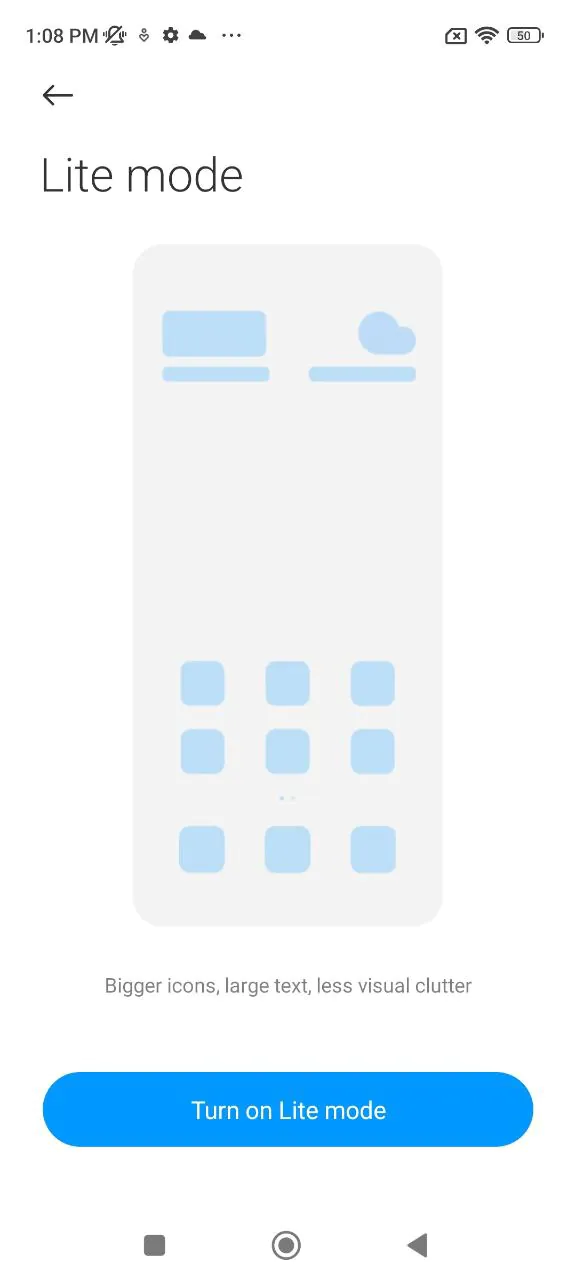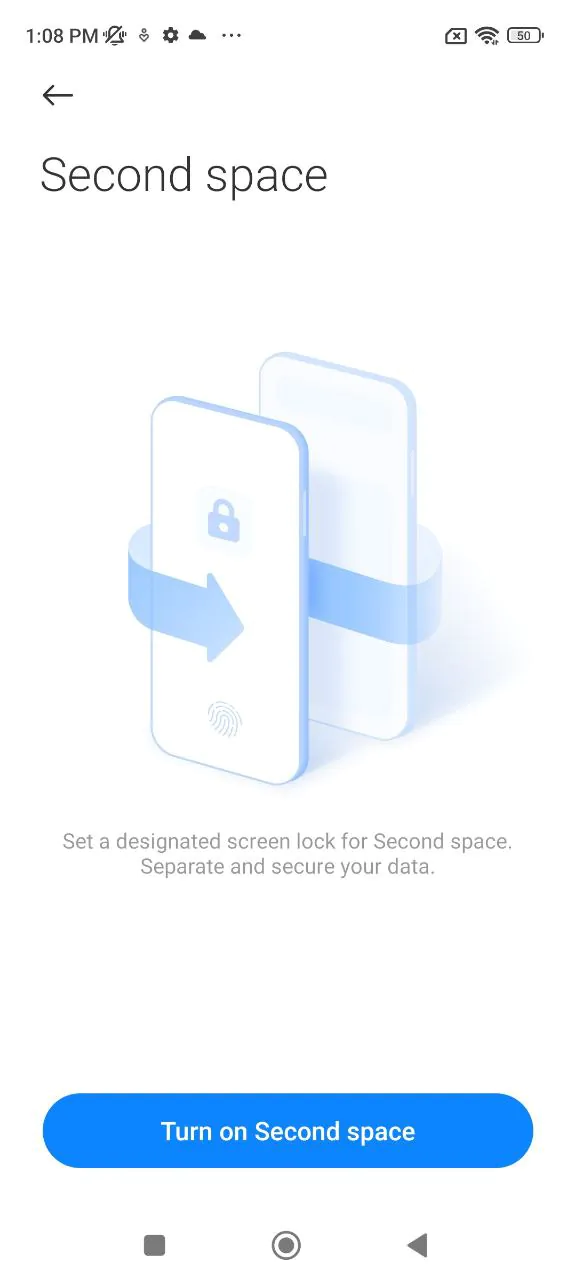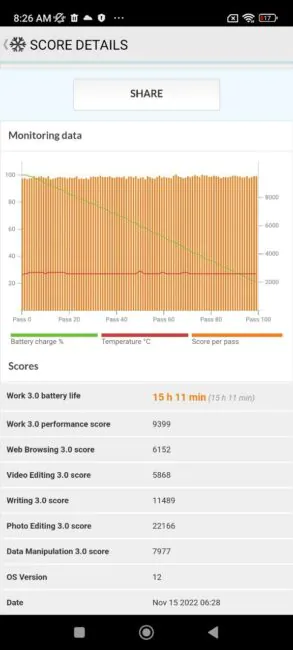© ROOT-NATION.com - Use of content is permitted with a backlink.
We are already familiar with the Xiaomi 12, 12 Pro, and 12X smartphones, each of which can be called a top-of-the-line and flagship in its own way. Today, we are going to get acquainted with the junior representative of the lineup. Despite the Lite prefix, the cost of the Xiaomi 12 Lite smartphone is not very modest – about 15 thousand hryvnias. For this kind of money, you can find alternatives among almost all brands. So, as with all the juniors, I have two key questions: how did you simplify it and how far did you move away from the flagship?
Specifications and price of Xiaomi 12 Lite
- Screen: AMOLED, 6.55 inches, 2400×1080, 20:9 aspect ratio, 120 Hz refresh rate, HDR10+, Corning Gorilla Glass 5
- Processor: Qualcomm Snapdragon 778G+, 6 nm, 1×2.5 GHz Cortex-78 & 3×2.4 GHz Cortex-A78 & 4×1.8 GHz Cortex-A5
- Video accelerator: Adreno 642L
- Memory: 6/8 GB OF RPU, 128/256 GB OF UFS 2.2 STORAGE
- Battery: 4300 mAh, 67W fast charging
- Main camera: 108 megapixels, f/1.9, 26mm, 1/1.52″, 0.7µm, PDAF + 8 megapixel wide-angle lens, f/2.2, 120˚, 1.12µm + 2 megapixel macro, f/2.4, 1/5.0″, 1.75µm
- Front camera: 32 megapixels, f/2.45, 1/2.8″, AF
- Data transmission: LTE, 5G (n1/3/5/7/8/20/28/38/40/41/66/77/78), NFC, Wi-Fi 802.11 a/b/g/n/ac/6, Bluetooth 5.2, GPS (A-GPS), GLONASS, BDS, GALILEO
- OS: Android 12
- Dimensions and weight: 159.3 × 73.7 × 7.3 mm, 173 g
- Price: about $480
Package contents
In the box with the phone you will find a USB-C cable, a powerful 67W charger, a quick start guide, and a silicone case. I was especially pleased with the latter, because I always worry about the integrity of smartphones and try to keep things in good condition as long as possible.

Xiaomi 12 Lite design
Despite the fact that we’re dealing with the younger brother in the lineup, there’s not much family resemblance here. While the Xiaomi 12 had a smoothed design with a beveled screen, here, on the contrary, the bezels are clear and sharp. And despite its sturdy and rugged appearance, the smartphone weighs unexpectedly little – only 173 g. This and the thin bezels make it very comfortable for prolonged daily use.
Customers can choose between three color options – classic black, as we used on the test, and more extravagant green and bright pink. But I have to assure you that even the black version is extraordinary. The color shimmers when you change the angle of view, and the matte surface feels velvety to the touch. What’s nice is that it doesn’t collect any prints either. No photo can convey this beauty, you have to see it in person.
The display is protected by durable Gorilla Glass 5, which protects against minor scratches and unwanted fingerprints. And to the delight of all those who are annoyed by large, bulky dark areas at the top of the screen with front cameras and sensors, here you quickly stop noticing the neat black circle of the front camera in the middle of the large screen.
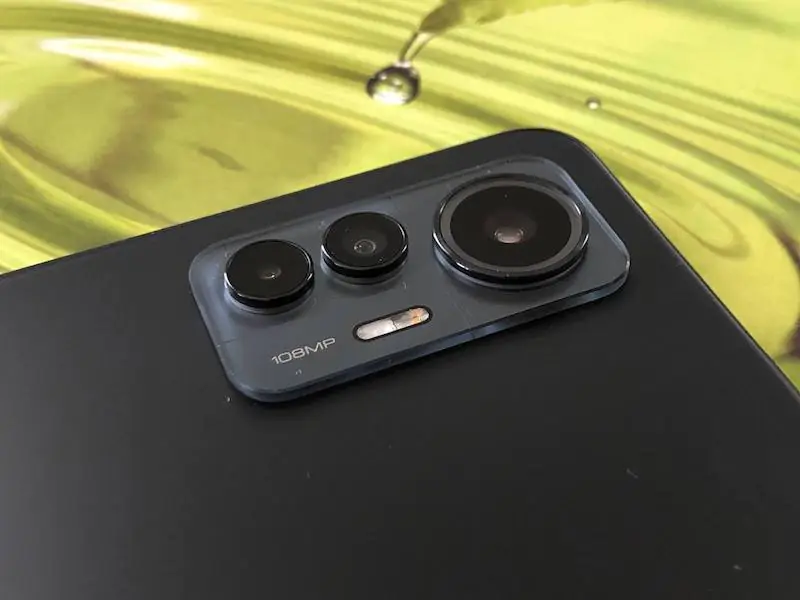
The camera island here is made “tastefully” and is quite noticeably raised above the rear surface. Therefore, the case can be useful for protecting the camera from scratches. Although the case will steal from you the extraordinary tactile and aesthetic sensations of using this smartphone.
There is nothing on the left side of the smartphone. On the right side there is a two-position volume key and a power button. The buttons are thin and relatively small, but they are convenient to use.
On the top end there is a speaker, an infrared port for controlling equipment, and a microphone. The bottom has another speaker, a second microphone, a Type-C connector, and a slot for two SIM cards.
The fingerprint scanner was built directly under the screen, which makes me very happy, since I am a fan of this particular method of unlocking. Face recognition was also added here specifically for those who prefer this “contactless” option.
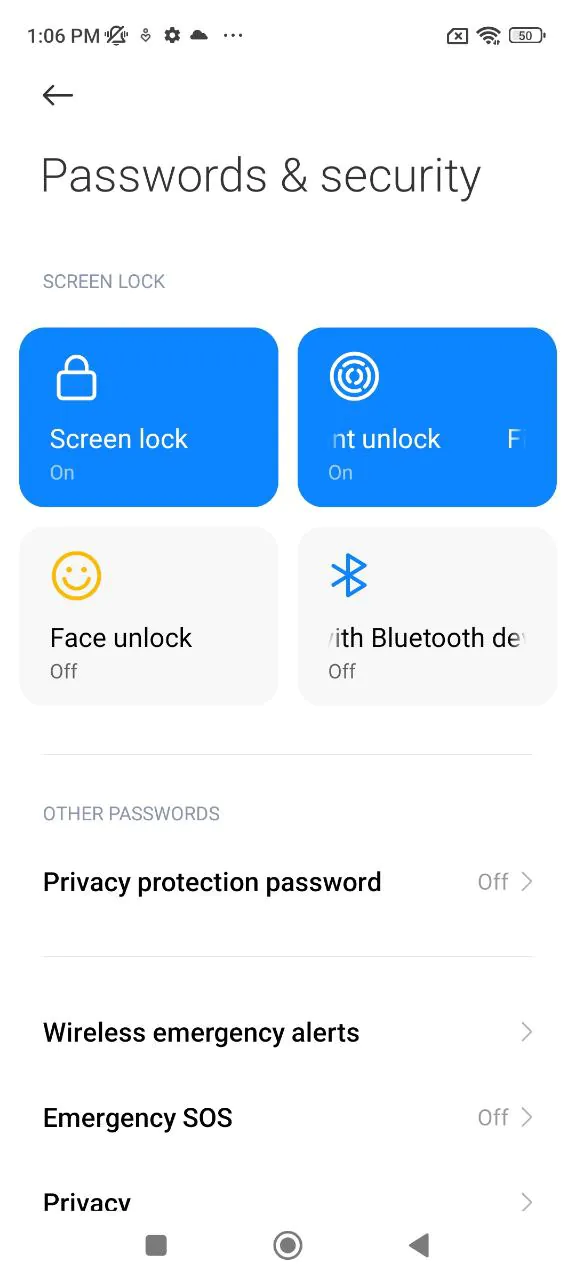
Xiaomi 12 Lite display
I was pleased that despite the prefix Lite in the name, the screen here has not been simplified. After all, the screen is one of the main criteria for evaluating a smartphone for me. Because when you spend most of your time with the device, your eyes will be the first to tell you if something is wrong with the quality of the matrix. But here you have nothing to worry about.
In this smartphone, you get an AMOLED display with a high refresh rate of 120 Hz. That is, in simple terms, you have high contrast, maximum viewing angles, excellent color reproduction, high brightness (up to 800 nits of peak brightness, 500 nits by standard, it does not withstand competition with direct sunlight perfectly, but in any other conditions it looks very convincing) and smooth enough interface animations.
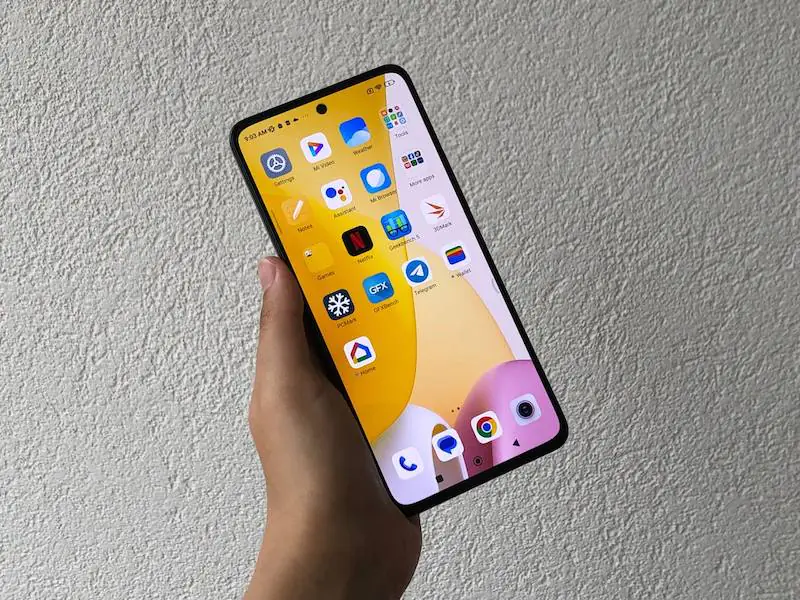
Xiaomi 12 Lite’s screen aspect ratio is somewhat non-standard – 20:9, which is why the resolution is a bit unusual – 1080×2400 pixels. With a diagonal of 6.55 inches, you get a perfectly clear picture that does not break up into individual pixels.
There are two refresh rates to choose from: either 120 Hz or 60 Hz. There is no intermediate option in the settings, and the first one is dynamic. That is, some programs, even in 120 Hz mode, will be displayed at 60 Hz if the system determines that a particular application does not need to use high hertz, for example, in the case of static photos in the gallery. This significantly saves battery power, which we will discuss in detail later.
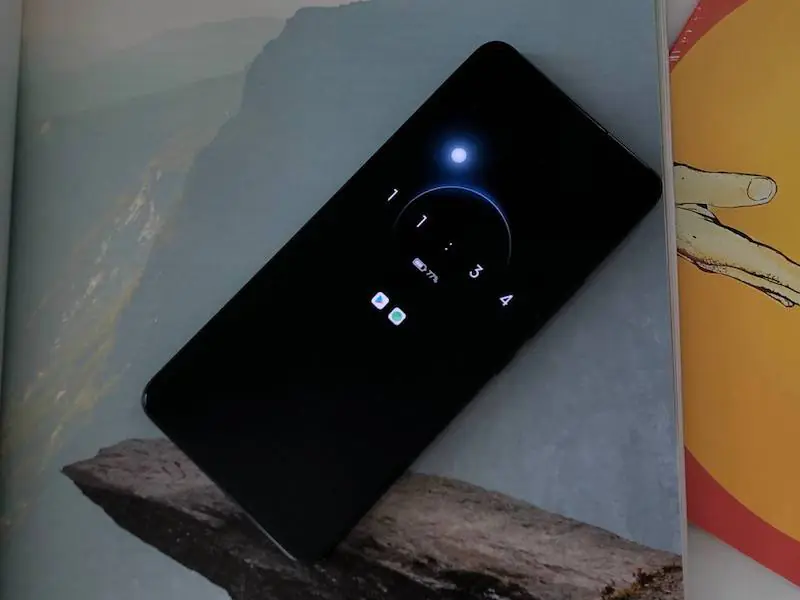
The settings include different color rendering options, a dark theme, reading mode (monochrome), and more. The Always On Display function can be configured separately to display the clock, date, and notifications on the deactivated screen. You can choose from a variety of aesthetically and functionally pleasing options.
Hardware and performance
Since we are not looking at a flagship, the list of features does not include the Snapdragon 8, but a slightly simpler Snapdragon 778G 5G chip. What can it offer users? Built on a 6 nm process technology, it has 8 cores, 1 maximally powerful Kryo 670 Prime core with a frequency of 2.4 GHz, 3 powerful Kryo 670 Gold cores with a frequency of 2.4 GHz, 4 energy-efficient Kryo 670 Silver cores with a frequency of 1.8 GHz. All this provides you with more than enough power for daily work, as well as periodic gaming sessions. At the same time, the smartphone will not overheat too much and consume battery power too quickly.
The Adreno 642L graphics adapter handles games quite well, and there’s no need to measure the sky-high fps in smartphones anyway – it’s not PC gaming.
The results of synthetic tests are quite good:
- GeekBench 5 (multi-core) smartphone scores 2907 points, GeekBench 5 (single-core) has 778 points
- PC Mark – 8,604
As for memory, Xiaomi 12 Lite is available in 6/128, 8/128 and 8/256 GB versions.
That is, even in the most basic configuration, we get enough RAM for smooth operation and most games, and the top configuration is no different from the flagship.
I would like to note the presence of a special mode that allows you to expand the amount of RAM by 2 GB at the expense of physical memory. It’s a very cool feature, as far as I’m concerned, and may come in handy if you decide to play something heavy on your smartphone. Don’t forget that this feature works only if you have enough free physical memory on your smartphone. And yes, unfortunately, you can’t add a memory card here.
Read also: Xiaomi 12 Review: Flagship For Everyone
Xiaomi 12 Lite cameras
The camera setup here is impressive:
- main wide-angle: 108 megapixels, f/1.9, 26mm, 1/1.52″, 0.7µm, PDAF
- ultra-wide-angle: 8 megapixels, f/2.2, 120˚, 1/4.0″, 1.12µm
- Macro: 2 megapixels, f/2.4, 1/5.0″, 1.75µm
- front: 32 MP, f/2.45, 1/2.8″, AF
Although we are looking at a smartphone that is not positioned as a top-of-the-line or camera phone, I am frankly impressed with the quality of the photos. Photos from the main camera are great in any lighting conditions. The color reproduction is correct, as for me, with a little bit of brightness and contrast, but enough in moderation. Autofocus is fast and clear. No complaints about the dynamic range.
As is the case with modern mobile cameras, the images are not saved in their original resolution, but pixels are combined for better quality. As a result, photos from Xiaomi 12 Lite have a resolution of 12.5 megapixels. You can also turn on the original 108 megapixels, but there is no particular point in this – when pixels are combined, the photo quality is even better. For example, I’ll show you a photo of one location in auto mode (left) and 108 megapixel resolution mode (right). All photos in their original resolution can be viewed here.
There’s no telephoto lens here, but it’s quite well replaced by a 2x zoom that works without losing quality. Here’s an example, double zoom on the right:
As for photos in the dark and in low light, Xiaomi 12 Lite surprisingly copes with it with dignity. The photos are clear, not “noisy”, well detailed, even when taken “handheld”. If there is very little light, the night mode comes to the rescue. Creating a photo in this mode takes a little longer – 1-2 seconds, so it’s better to lean your smartphone on something or mount it on a tripod. The pictures are a little lighter, less noisy, and a little clearer. I note that night mode can also be used when shooting with a wide-angle camera. Here is an example of a photo in the evening in auto mode (left) and in night mode (right).
Speaking of the wide-angle. Photos from this module are also excellent, there are no significant differences in color reproduction, contrast and exposure compared to the main camera. Sharpness may be slightly worse, but it’s not critical. For a visual comparison, photos from the same point on the main camera (left) and on the wide-angle camera (right):
Xiaomi 12 Lite has a separate macro camera. And again, I wonder why, because it has only 2 megapixels, so the pictures are of frankly mediocre quality. Moreover, the main camera focuses quite well up close and I liked the shots from it much more. In addition, for some reason the macro button was shoved into the additional settings curtain instead of the main menu, so it took me a while to find it.
Xiaomi 12 Lite can shoot videos with a maximum resolution of 2160p at 30 frames per second, as well as 1080p at 30 and 60 frames per second. The videos have very good stabilization, I was frankly impressed with its quality. In some other flagships, where optical stabilization was declared, its quality was far from ideal. The fact that the electronic stabilization looks so good here was an unexpected pleasant surprise.

Xiaomi 12 Lite cameras additionally received various smart features, even Google Lens is supported.
The camera interface is quite standard for MIUI, with all the necessary shooting modes: photo, video, portrait mode, Pro. Other useful modes are hidden under the “More” tab: night, 108 megapixels, video clip, panorama, documents, slow motion, time lapse, long exposure, and dual video.
A few words about the Pro mode – all the important shooting parameters are available in the settings – shutter speed, aperture, white balance. This mode also works with both the main module and the ultra-wide-angle module. For the main camera, you can enable shooting at 108 megapixels.
Usually, when we talk about front cameras, everything looks pretty standard and expected, only the megapixel numbers differ. But the selfie camera in Xiaomi 12 Lite will surprise you. Unlike most competitors, it has a very cool and important feature – autofocus. Therefore, bloggers, streamers, TikTok stars, and selfie fans will definitely enjoy this smartphone!
Xiaomi 12 Lite software
The operating system of Xiaomi 12 is Android 12 with an updated version of the proprietary shell – MIUI 13.
We’ve already covered the main features of MIUI 13 in the Xiaomi 12 review, so I’ll only introduce you to those aspects that I found most interesting and convenient.
From the user experience point of view, I liked the floating window feature the most. It allows you to fix one window on the screen, while you can open any other applications in the background. Plus, you can conveniently move this window around and resize it. It’s great for multitasking, for example, I found it convenient to pin a chat in which I discussed work-related issues while simultaneously looking for information that needed clarification. And unlike just a two-window mode, you get a truly adaptive version of the second window.
Another thing for multitasking and quick access is the sidebar. You can pin up to 10 applications to it for quick access from this sidebar right on top of the active window. It’s cool that this panel is adaptive and provides the user with a specific set of functions depending on the application running.
Our test subject has a standard set of data transmission facilities on board: 5G, Wi-Fi version 6 (802.11 a/b/g/n/ac/6), Bluetooth 5.2, GPS, NFC.
In general, MIUI 13 is a fairly user-friendly interface, although frankly not the smoothest and most stable. I’ve had unexpected crashes several times – the camera app would freeze, or the smartphone would suddenly lock up. Although I do not exclude that this could be a problem with my test sample.
Read also: Xiaomi 12 Pro Flagship Review: Is It Worth Choosing?
Battery life of Xiaomi 12 Lite
The battery here is impressive for its class of devices – 4300 mAh. Compared to competitors and without going too far, the top-end Xiaomi 12 Pro has only 300 mAh more.
On average, Xiaomi 12 Lite gives about 8 hours of screen time active for various tasks. According to professional tests, up to 13 hours of web browsing, up to 17 hours of video playback at medium brightness.
The battery charges very quickly thanks to fast charging and a 67W charger. In just 40-45 minutes, the smartphone was able to fully restore its charge, which is a very impressive figure.
Conclusions
Xiaomi 12 Lite left me with a very pleasant impression. Throughout the testing, I had to remind myself that I was not dealing with a flagship, so I had to look for some weaknesses. The only such drawback for me was the macro camera, which, to be honest, is completely pointless in this set, you could easily do without it. As for the other aspects, the developers have calculated everything correctly.
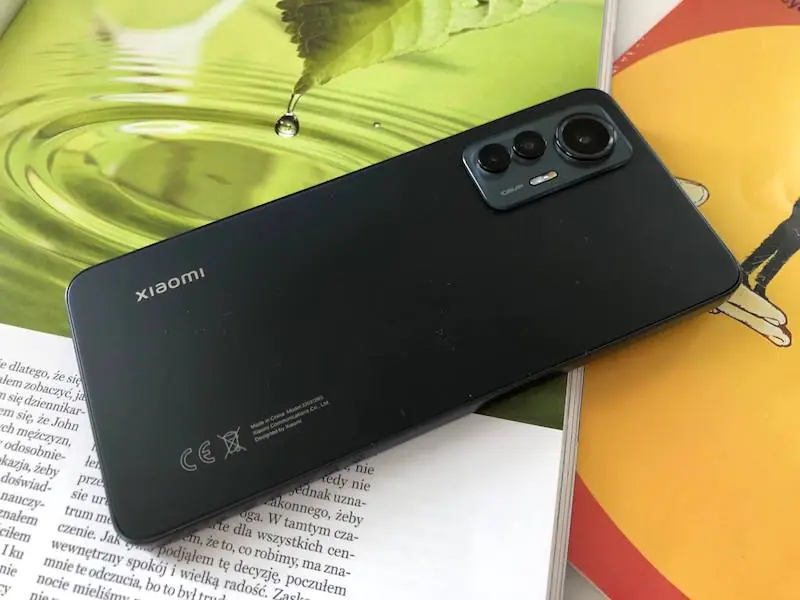
The screen has a high resolution and pleasant color reproduction, the main camera is capable of taking good pictures even at night, the front-facing camera will give a head start to most competitors, and the processor power is enough to perform almost all tasks at a high level. And the battery life is also at a high level.
Would I choose the Lite version over its bigger brothers? There are pros and cons here, so I can’t give a definite answer. Can Xiaomi 12 Lite compete in the market as a whole? Absolutely!


